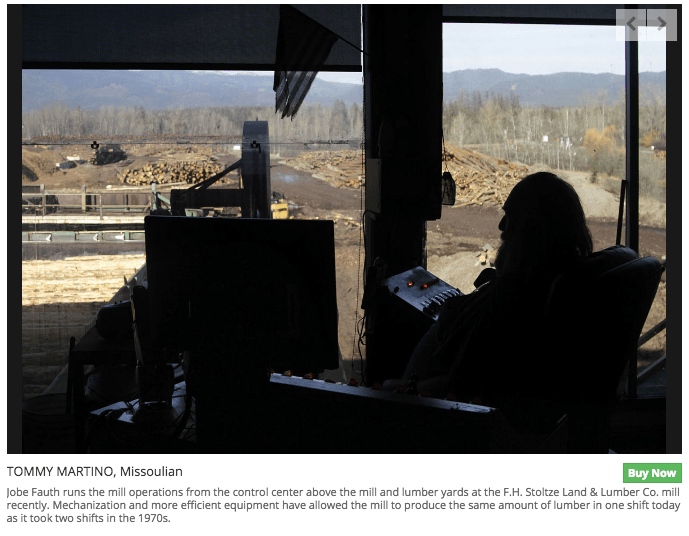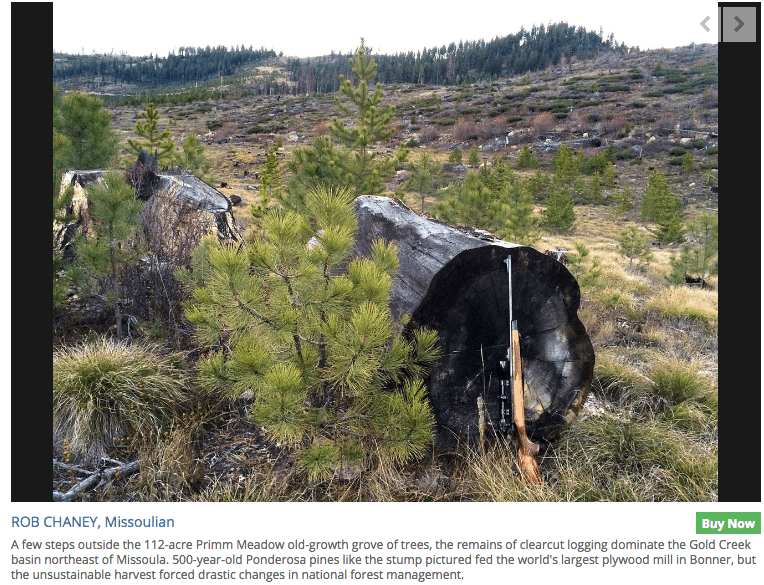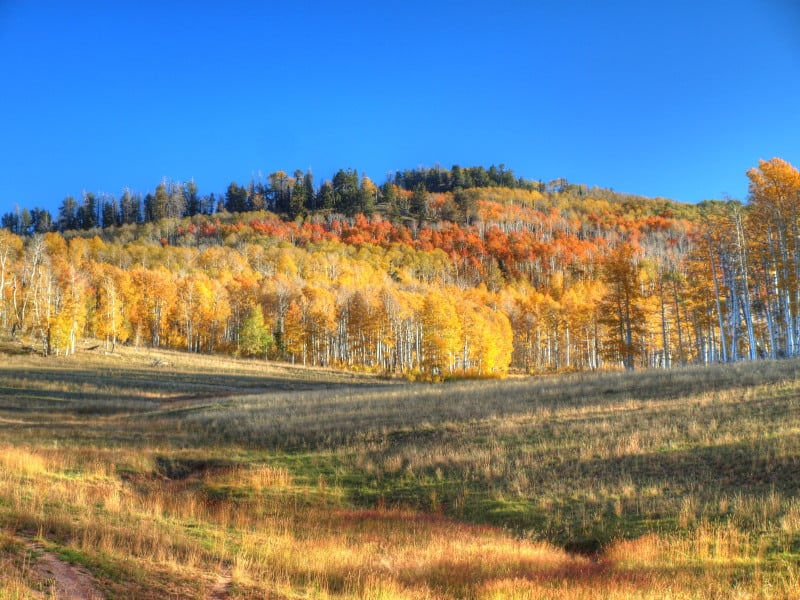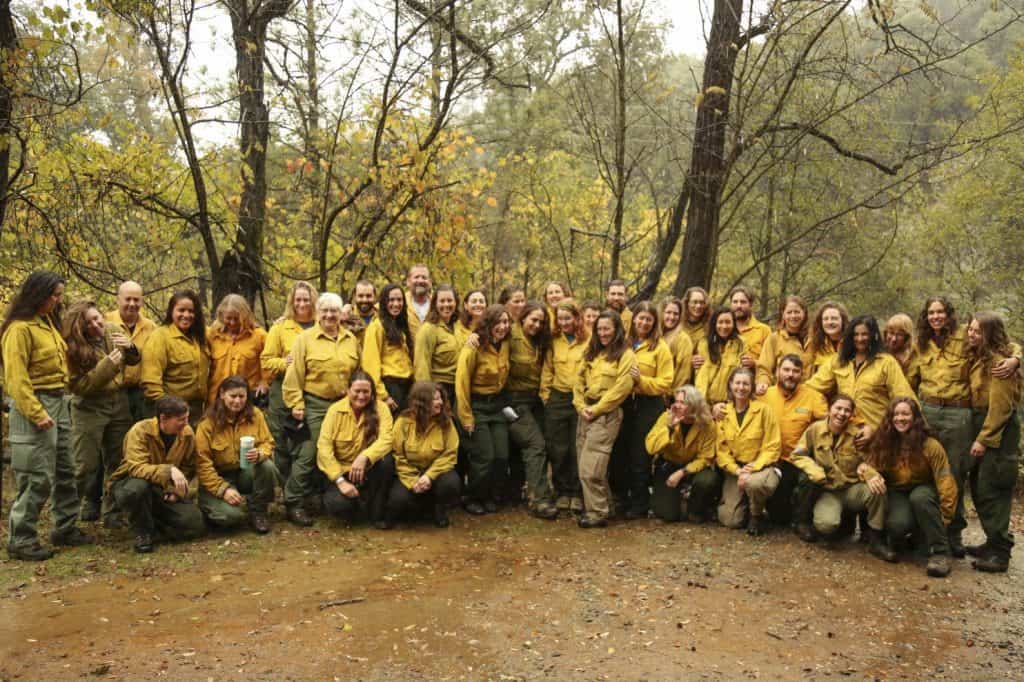
I continue to fine some nuggets of good information in the Missoulian’s big series on the timber industry in Montana, even though none of the Missoulian articles (to date) have bothered to reach out to anyone in the environmental community and get our perspective on the timber industry, public lands management and the reality that we’re pretty much always blamed for all the timber industry’s woes.
The title of this post is a direct quote from Paul McKenzie, the resource manager for the F.H. Stoltze Land and Lumber Company in Columbia Falls, Montana, and is taken from this article.
Let the substance of that acknowledgement from Stoltze Lumber sink in for a second. Essentially they are admitting that when they mechanized their lumber mills half their employees were let go, but they still produced the same amount of lumber. And yet, despite this fact, the timber industry in Montana still gets away with blaming all the timber industry worker layoffs on environmentalists? How is that even possible?
Previous Missoulian articles documented the Montana timber industry’s “old-growth forest liquidation” strategy, which dominated the scene in Montana from 1970 to 1990. During those two decades corporations like Champion International tripled logging levels on their own lands – most of it via logging of old-growth forests. But other timber mills in Montana also took part in that old-growth logging frenzy of the 70s and 80s.
As the timber industry was pretty much mowing through all their own old-growth, they turned to the U.S. Forest Service and started pressuring the agency (and politicians) to open up vast swaths of public national forest lands – including old-growth forests and roadless areas – to large-scale logging and roadbuilding schemes.
Apparently, if you believe the timber industry lobbyists and mill owners story now, they actually had no idea that what they were during in previous decades was bad for forests, fish, ecosystems or long-term sustainability. Of course, I don’t buy that argument for a minute. And you shouldn’t either.





